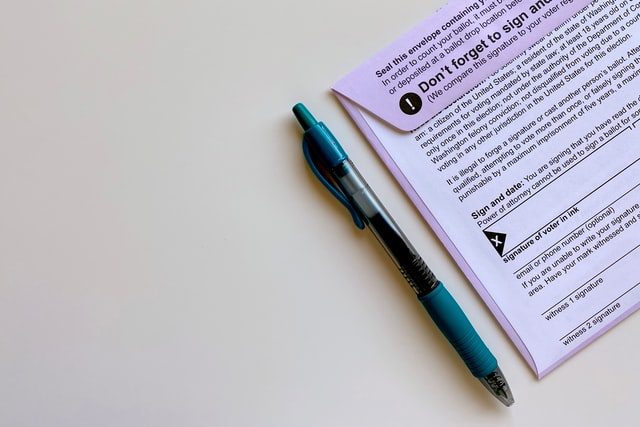Aggregated News

It must seem odd that someone who has spent countless hours over the last 15 years as a member of the governing board of the California Institute for Regenerative Medicine (CIRM) would oppose Proposition 14, which seeks to provide $5.5 billion in new funding for the stem-cell agency. While I value CIRM and its work to date, Proposition 14 commits California to spending money it does not have — $7.8 billion including interest for research that is already well-funded. Plus, CIRM’s pre-existing flaws are actually exacerbated by new provisions in the measure.
Adding debt amid the current fiscal crisis is a terrible idea. Issuing bonds is not free money — bonds have to be paid back, with interest. CIRM is already costing the state $327 million a year to repay the $3 billion in bonds authorized by voters in 2004 via Proposition 71. And after spending all of that money, not a single U.S. Federal and Drug Administration-approved product has materialized on which CIRM’s funding played an important role. I know Proposition 14 proponents cite two approved products, but...



